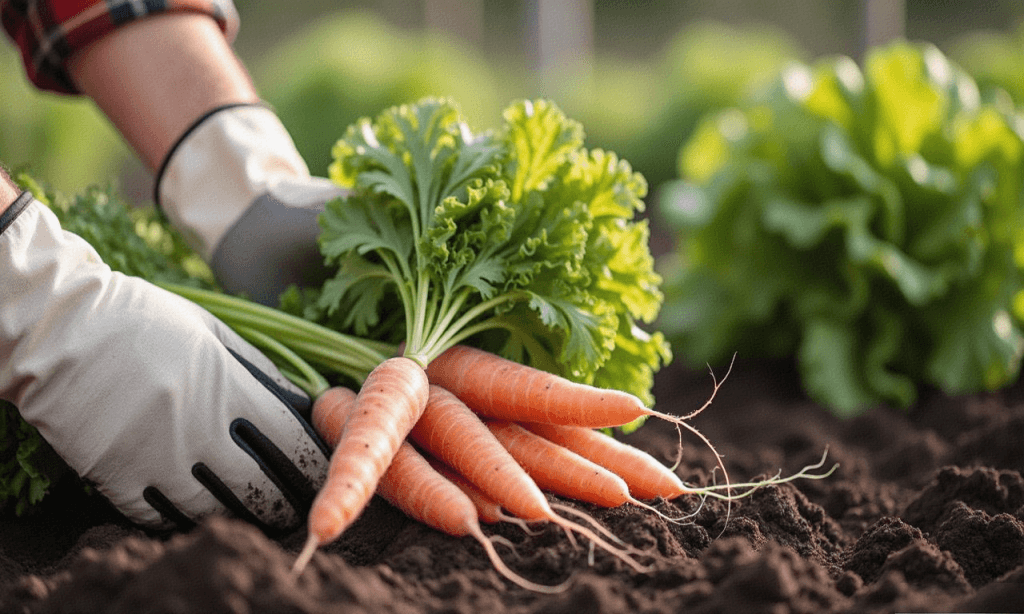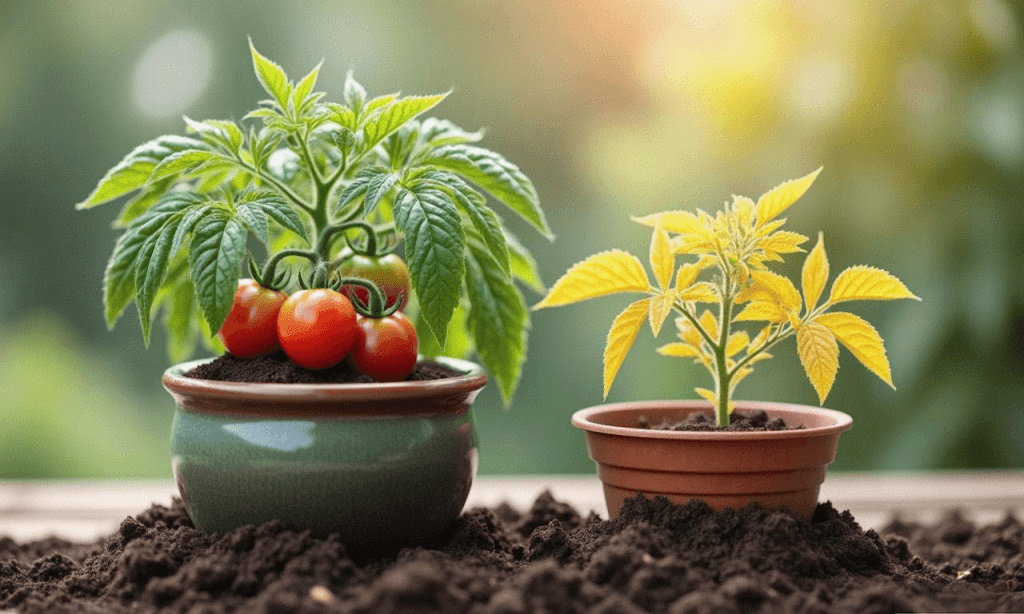How to Start a Vegetable Garden for Beginners (Step-by-Step Guide)
Introduction: Why Start a Vegetable Garden?
Imagine stepping into your backyard and picking fresh tomatoes, crisp lettuce, or fragrant herbs—all grown by you. Home vegetable gardening is booming, with a 2023 report by the National Gardening Association showing that 55% of U.S. households now grow some of their own food. Whether you want healthier meals, lower grocery bills, or simply the joy of nurturing plants, starting a garden is easier than you think.
This step-by-step guide will walk you through choosing the right location, selecting beginner-friendly vegetables, and maintaining your garden—even if you’ve never planted a seed before.
Step 1: Pick the Perfect Spot
Sunlight is Key
- Most vegetables need 6–8 hours of direct sunlight daily.
- According to the USDA, leafy greens (like spinach) tolerate partial shade, while tomatoes and peppers thrive in full sun.
- Pro Tip: Use a sunlight tracker app (like Sun Seeker) to measure exposure before planting.
Soil Quality Matters
- Test your soil with a home kit (available at garden centers).
- Ideal pH: 6.0–7.0 for most vegetables.
- If soil is poor, use raised beds or containers filled with compost-rich potting mix.
Case Study: Raised Beds vs. In-Ground
- Florida gardener Mark found that raised beds reduced flooding risks during heavy rains.
- In Arizona, sandy soil benefits from in-ground planting with added compost.
Step 2: Choose Beginner-Friendly Vegetables
Top 5 Easiest Vegetables to Grow
- Lettuce – Grows fast, tolerates cool weather.
- Radishes – Ready in 3–4 weeks (great for impatient beginners!).
- Green Beans – High yield, minimal pests.
- Tomatoes – Need support (cages or stakes) but reward with abundant fruit.
- Zucchini – One plant can feed a family (but watch for overgrowth!).
Regional Differences
- UK gardeners (RHS recommends) start peas and kale in early spring.
- Texas growers can plant okra and sweet potatoes in summer heat.
Step 3: Planting & Maintenance
When to Plant
- Cool-season crops (spinach, broccoli): Early spring or fall.
- Warm-season crops (cucumbers, peppers): After the last frost.
- Data from the USDA Hardiness Zone Map helps determine local planting times.
Watering Tips
- Morning watering reduces evaporation and fungal risks.
- Drip irrigation (my personal favorite) saves water and targets roots directly.
Pest Control
- Natural solutions: Marigolds repel aphids; neem oil treats mildew.
- Avoid over-spraying chemicals—they harm pollinators like bees.
Step 4: Harvest & Enjoy!
Signs Your Veggies Are Ready
- Tomatoes: Deep color, slight give when squeezed.
- Lettuce: Outer leaves reach 4–6 inches.
- Carrots: Shoulder width matches seed packet size.
Storage Tips
- Leafy greens last longer in damp paper towels inside airtight containers.
- Tomatoes taste best stored at room temperature (not the fridge!).
Common Beginner Mistakes to Avoid
- Overcrowding Plants – Follow spacing guidelines to prevent disease.
- Ignoring Soil Prep – Poor soil = weak plants.
- Skipping Mulch – Retains moisture and suppresses weeds.
Conclusion: Your Garden Journey Starts Now
Starting a vegetable garden is not about perfection—it’s about learning and enjoying the process. As Michelle Obama once said: "Growing your own food is like printing your own money."
Ready to dig in? Grab seeds, pick a sunny spot, and let nature do the rest!
Disclaimer
This article provides general guidance only. Climate, soil, and local pests may affect results. Always consult local extension services (e.g., USDA Cooperative Extension) for tailored advice. AI-generated images are illustrative and do not depict real individuals or gardens.
Sources Cited:
- USDA Hardiness Zone Map
- National Gardening Association (2023 Report)
- Royal Horticultural Society (RHS) Planting Guides
- Journal of Agricultural Science (2022 Study on Home Garden Yields)
haley
|
2025.04.23






